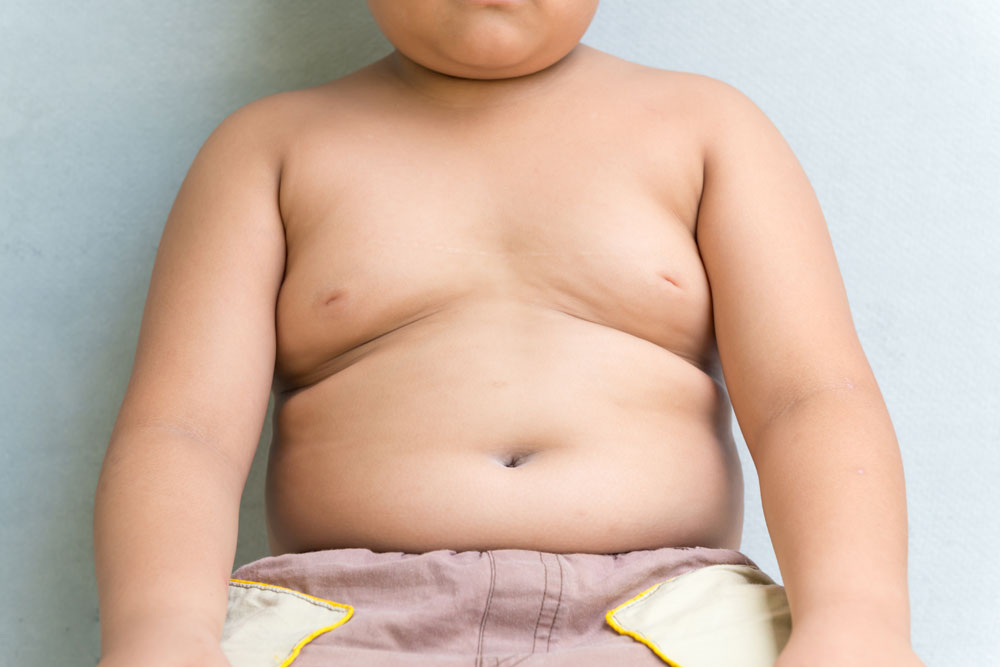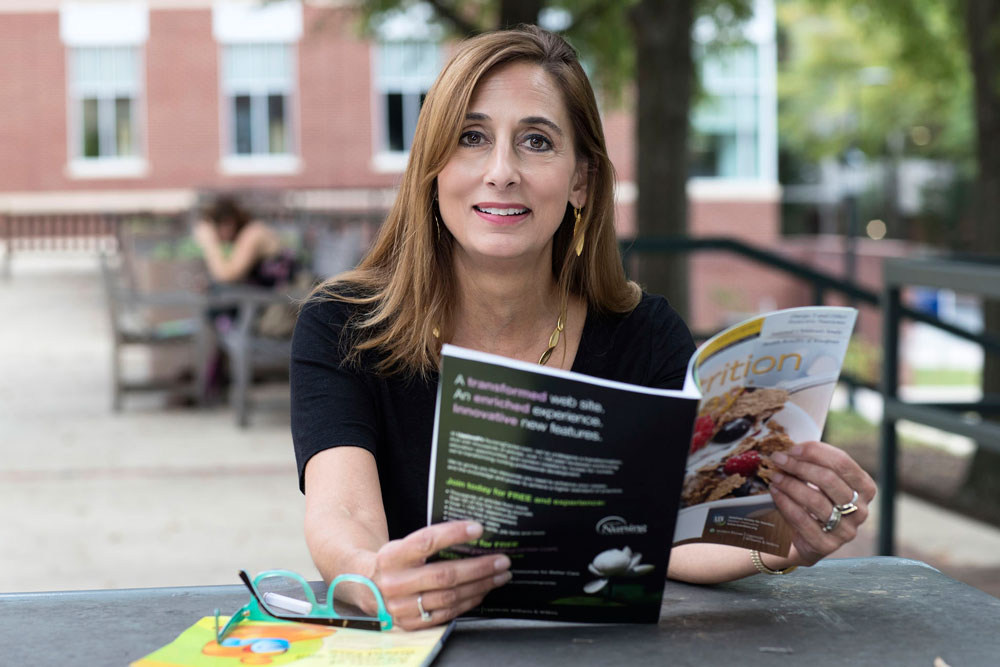Obesity: Like Mother, Like Child?

Given that half of all pregnancies in the U.S. are unplanned, many fetuses are well-developed by the time women discover they’re pregnant. And while there’s an undeniable link between how a mother eats and exercises during pregnancy and her baby’s health outcomes at birth, the impact a women’s pre-conceptual health has on her child—her diet and activity level long before conceiving—is poorly understood.
3x
Three times as many Hispanic 2 to 5 year-olds are obese as non-Hispanic white children
Among Hispanic and Latina women, whose young children suffer from obesity at rates two to three times higher than non-Hispanic white children, this correlation is unclear. But a new $2.7 million grant—an ancillary study to the largest study of Hispanic health ever done in the U.S.—will investigate how pre-pregnancy biomarkers and habits are linked to kids’ weight, eating and health issues, probing the unique contributions to early childhood obesity among the nation's second fast-growing population.

“This study offers us a chance to peer into an association we don’t know much about,” explains Anna Maria Siega-Riz, a nutritionist and associate dean at UVA School of Nursing. “This is not about criticizing mothers; it’s about taking an open and honest look at how some parents may unknowingly contribute to their child’s health problems at a very early stage in life.”
Among two to five year-olds, nearly 16 percent of Hispanic children are obese, more than 3 times the obesity rate of non-Hispanic white children. Among six to 11 year-olds, one in four Hispanic kids is obese, nearly twice the rate of non-Hispanic white kids. And because obesity in childhood sets kids up for a lifetime of ill health—from increased risk of heart disease, diabetes and early onset of dementia, to the social stigma related to being heavy and not able to participate in sports—the stakes are high and, as the problem expands, growing higher.
The funding from the National Institute of Diabetes and Digestive and Kidney Diseases will enable Siega-Riz and her colleagues to expand upon data from the Hispanic Community Health Study/Study of Latinos and delve into metrics that quantify the association between a mother’s pre-pregnancy cardio-metabolic health and habits and those of her child, including body fat patterning and propensity to become obese.
HCHS/SOL began collecting data from more than 16,000 Hispanics in 2007, well before many of the roughly 440 mothers who will be recruited for the new study gave birth. Beginning this spring, scientists will collect new data from mothers, including questions about their own and their child’s eating habits, the regularity of family meals, food availability, breastfeeding habits, emotional eating and whether they perceive they lack will power when it comes to food.
Their children, aged three to seven, will also be measured for height, weight and body fat mass, sedentary behavior, and will be given a delayed gratification task (the marshmallow test) to assess whether they can wait for a treat. Through a simple cheek swab, children will also be assessed for obesity as revealed by a genetic risk score.
Mother-child dyads will be recruited from Miami, San Diego, Chicago, and Bronx. Results will scientifically inform behavioral interventions that may prevent childhood obesity, and its cascade of ill effects.
###
